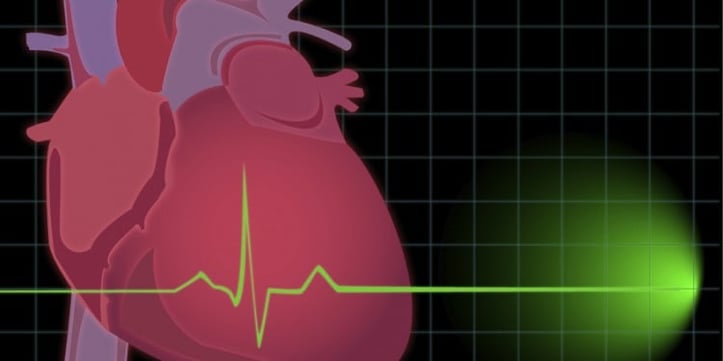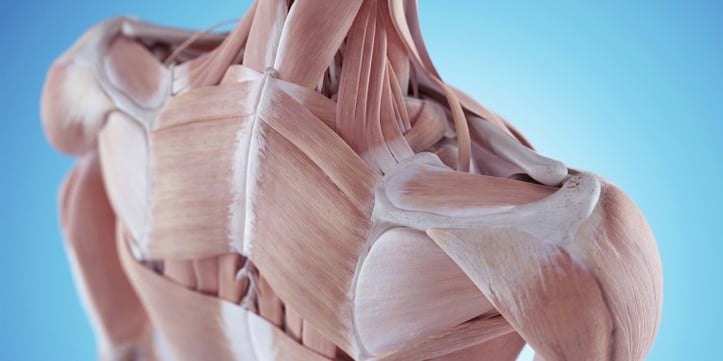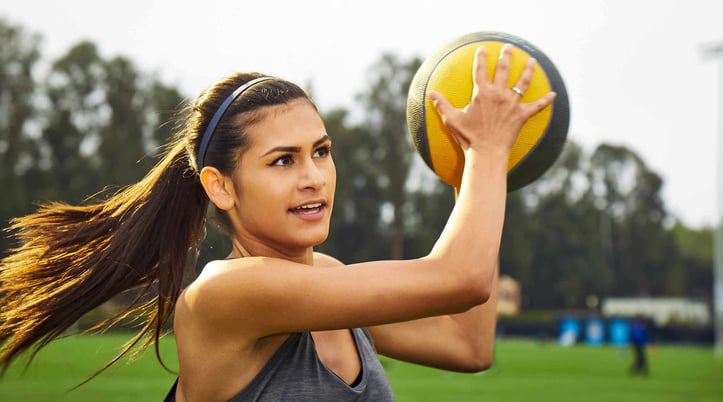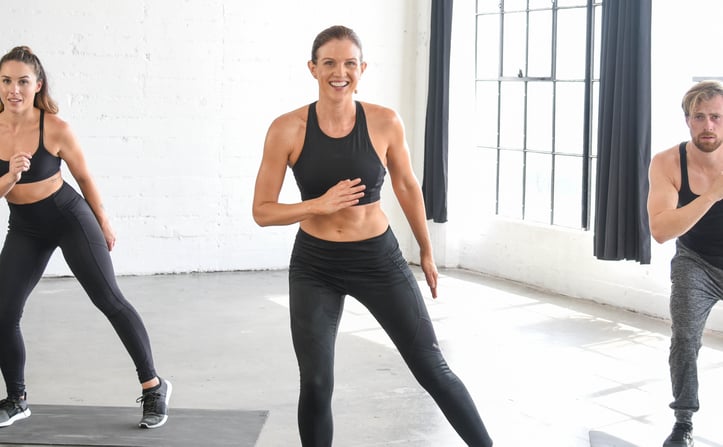The Second Scoop on Protein: Timing, Sources, & Optimal Intake for Fitness Success

The Second Scoop on Protein: Timing, Sources, & Optimal Intake for Fitness Success
If you’ve ever stared at a protein shake wondering, 'Is this the right time?' or scrolled a menu panicking, 'Will this chicken breast be enough?'—you’re not alone. Protein, the cornerstone of muscle repair, metabolism, and satiety, is both misunderstood and overcomplicated. Let’s cut through the noise with science, expert insights, and actionable steps to optimize your protein game.
When Should You Eat Protein? The Timing That Actually Matters
Contrary to the 'anabolic window' myth (yes, that 30-minute post-workout rush is mostly overblown), protein timing matters most for consistency and recovery. Here’s what the research says:
- Pre/Post-Workout: A 2020 study in the Journal of the International Society of Sports Nutrition (JISSN) found consuming 20-30g of high-quality protein 30-60 minutes pre-workout and post-workout boosts muscle protein synthesis (MPS) more than waiting hours. Think Greek yogurt before lifting, or a whey shake after—amino acids flood your bloodstream when muscles need them most.
- Bedtime: For overnight recovery, casein protein (found in milk, cottage cheese) digests slowly, providing a steady amino acid supply. A 2019 NIH study showed nighttime casein intake increased MPS by 22% in resistance-trained adults.
- Spread It Out: Your body can’t 'store' protein, so aim for 20-40g per meal (more on this later!). A 2017 Harvard Health analysis found spreading protein across 3-4 meals enhances MPS better than gorging on one big serving.
What Protein Should You Choose? Quality Over Quantity (Mostly)
Not all proteins are created equal. The key metric? Biological Value (BV), which measures how well your body uses the protein. Here’s your cheat sheet:
- Animal-Based (High BV): Whey (BV=104), eggs (BV=100), chicken (BV=79), Greek yogurt (BV=71). These are 'complete proteins'—they contain all 9 essential amino acids (EAAs), critical for muscle repair.
- Plant-Based (Lower BV, But Fixable): Lentils, quinoa, tofu, and tempeh are incomplete (lack 1+ EAAs), but combining them (e.g., rice + beans, hummus + whole-grain pita) creates a 'complete' profile. A 2022 ACE report notes plant-based eaters can hit protein goals by pairing complementary sources.
- Supplements: Whey isolate (fast-digesting) or collagen peptides (great for joints) work, but don’t rely on them exclusively. Whole foods offer fiber, vitamins, and minerals supplements miss.
How Much Protein Do You Really Need? Stop Guessing
The 'one-size-fits-all' 0.8g/kg RDA (recommended dietary allowance) is for sedentary adults. If you’re lifting weights, running, or just want to retain muscle as you age, aim higher:
- General Health & Maintenance: 1.0-1.2g/kg (e.g., 70kg person = 70-84g/day).
- Fat Loss/Muscle Retention: 1.6-2.2g/kg (70kg = 112-154g/day). Higher protein keeps you full and preserves lean mass during calorie deficits (JISSN, 2021).
- Muscle Gain: 1.6-2.2g/kg plus a calorie surplus. A 2018 NASM review found exceeding 2.2g/kg offers no extra benefit—just more strain on kidneys (a concern for those with pre-existing conditions).
The Big Myth Debunk: 'You Can Only Absorb 30g at Once'
Ever heard, 'Your body can’t use more than 30g of protein in one meal'? That’s a half-truth. A 2021 JISSN meta-analysis showed young, resistance-trained individuals synthesized more muscle protein with 40g doses—especially if they’re larger (e.g., 90kg+). The '30g cap' was based on older, smaller study cohorts. Bottom line: 20-40g per meal works for most, but 40-50g is fine if you’re active and hungry.
Actionable Tips to Nail Your Protein Intake
- Track for 3 Days: Use MyFitnessPal to see where you’re lacking. Most people underestimate protein and overestimate carbs.
- Prioritize Breakfast: Start with eggs, cottage cheese, or a protein smoothie—this jumpstarts MPS and curbs midday cravings.
- Plant-Pair Smartly: Mix legumes (lentils) with grains (quinoa) or nuts (peanut butter on whole-grain bread) to hit all EAAs.
- Avoid Overdoing It: Excess protein (over 3g/kg) doesn’t build more muscle but may displace veggies and healthy fats.
Final Scoop: Protein is a Tool, Not a Fad
Whether you’re bulking, cutting, or just chasing energy, protein’s power lies in consistency (spreading it out), quality (whole foods > supplements), and individuality (adjust for your goals). Next time you reach for that shake or chicken breast, ask: Does this serve my body today?
Ready to level up? Try swapping one carb-heavy meal this week for a protein-rich option—like grilled salmon instead of pasta—and note how your energy and recovery feel. Your muscles (and metabolism) will thank you!

Fit vs Fat: Decoding Health's True Ruler

Pump Up Your Heart: Science-Driven Weight Loss

Wellness Technology: Your Path to Sustainable Weight Loss

A Sensible Guide to Dietary New Year's Resolutions

Prevent Shoulder and Rotator Cuff Injuries with Corrective Exercises

Overcome Fitness Plateaus: 4 Tips for Success

10 x 10 Thanksgiving Day Circuit: A Fitness Guide

Unleash Your Fitness Potential with Kit Rich's Training Secrets

The Future of Fitness: A Guide for Beginners to Intermediates

